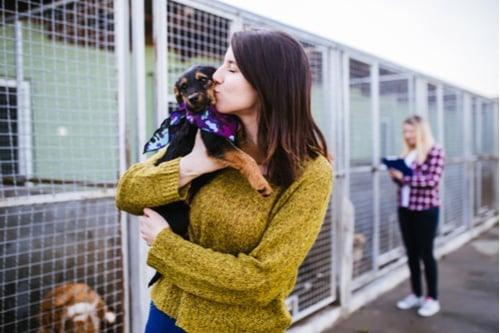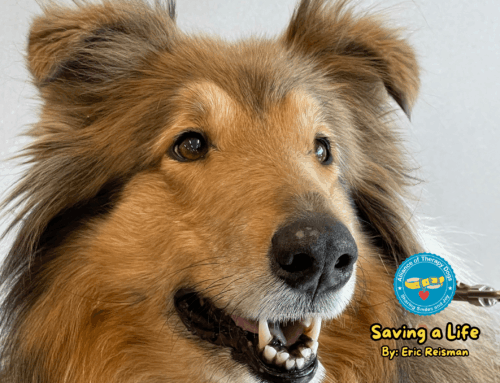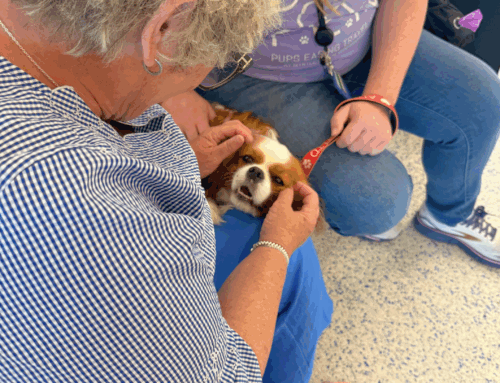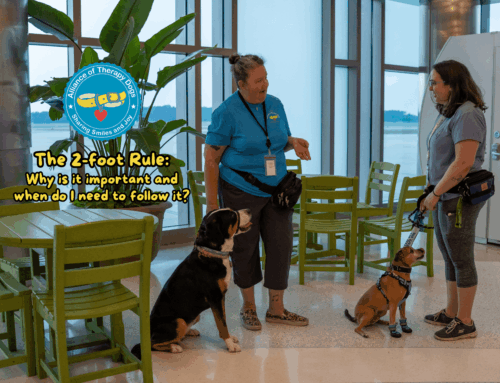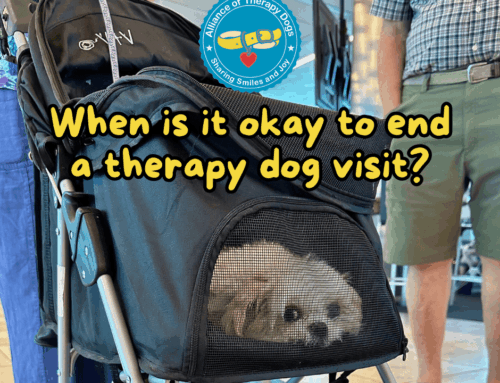Welcoming a rescue into your home can change both of your lives. For the dog, it gives them a new place to live and a more secure life.
For you, a rescue could be a loving, kind pet that brings you loyalty and love. As such, it’s no wonder that rescue dog adoption has risen considerably over recent months.
The success of adopting a rescue pup depends on many factors, including the initial weeks that your new pet spends in your home.
At Alliance of Therapy Dogs, we love rescue dogs. We know how rewarding it can be to give a rescue a new lease of life and make them a part of your family.
We’ve put together this practical guide to helping your new pet settle and become an indispensable part of your family.
Give Them A Guided Tour
On their first visit to their new home, keep your rescue dog in the lead and give them a guided tour. Walk them around the yard and show them the main property.
If there are any areas out of bounds to your pet, don’t take them there. Instead, walk them around the space where they will be living.
Keeping your dog on a lead will make them feel calm and give them the chance to adjust to the new sights and smells in your home.
Once you’ve been around your home, you could consider taking your dog to their safe space and then letting them off the lead.
Make Your New Pet A Safe Place
That brings us to our next point: making your dog a safe space in your home. Your dog needs a space that is theirs alone, where they can retreat if they feel overwhelmed or scared.
This safe space should be clean, confined, and comfortable. Consider using a dog crate and filling it with soft bedding and bowls.
Place the crate in a corner private corner of one of the quieter rooms. If your dog finds a corner that they prefer to relax in, then move the crate there, so they have access to their comfortable space.
When your dog is in its safe space, please do not disturb them or allow other members of your family to do so, as this could make your dog feel cornered.
As your rescue pup becomes more confident and feels more at home in your house, they might let other pets or children join them in their safe space.
Introduce Other Family Members Slowly
When it comes to other members of the family, you should introduce them slowly. Your rescue dog has a lot to explore and learn about in their new home, so too many new faces and personalities could be overwhelming for them.
For the first few days, it might be best to keep your rescue dog separate from other pets and young children. As they adjust to their surroundings, you can show them their new family members.
Other pets should be kept under control on their first meeting with your new rescue dog. Introduce them slowly, and allow your rescue pet the chance to leave the encounter if they feel unsafe.
With children, you need to make sure that they know how to interact with your dog. It would be best if you told your child to be gentle and not pull at the dog’s fur or ears.
If your children are very young, encourage them to be quiet and calm during their first meeting with your new dog. Stay close to the pair as they interact so that you can intervene if anything goes wrong.
After meeting a new family member, let your rescue dog have some time in their safe place so that they can relax and unwind.
Over time, they should get used to their new home and all of its inhabitants. Hopefully, they’ll make lifelong friends with your other pets and be a loving companion to your children.
Create A Routine
Routine can be soothing and reassuring to pets and people alike. As such, when you bring a rescue pup home, you should try to create a routine for them as soon as possible.
That means setting a time for when they eat, when they go for walks, and when the lights go out, and they get to go to sleep at night.
By creating a routine, you’ll make your dog feel calm and allow them to feel reassured that they know when their next meal is coming from and when everything happens.
This approach is particularly valuable for rescue pets who’ve been abandoned and had a challenging former life. They might be insecure and frightened so that a routine could soothe them.
Take Things Slow
When you welcome a rescue dog to your home, you need to be prepared to be patient. It might take them several weeks, or even longer, to fully settle into their new home.
So, it would help if you tried to take things slow and celebrate small victories. Whether it’s a tail wag or the dog sleeping through the night, every accomplishment makes a difference in the long run.
If you’re interested in finding out more about dog care and training, then follow the Alliance of Therapy Dogs’ blog. On it, we offer a range of articles about every aspect of dog training and how to make your pet’s life as fun and enjoyable as possible.
Our team knows all about training dogs and helping them to become patient, relaxed animals. That’s because our pups are therapy dogs who visit a range of facilities and bring joy to those who need it the most.
The Alliance of Therapy Dogs welcomes dogs of all ages, breeds, and backgrounds: the only factors we consider are temperament and behavior.
If you believe that your rescue pup could make a great therapy dog, please contact us, and tell you more about the process.

